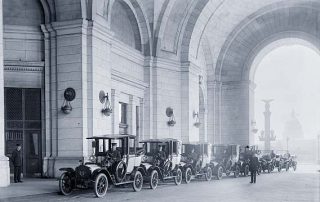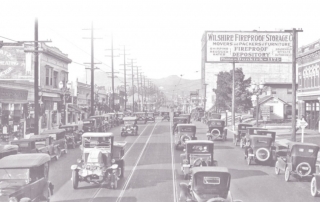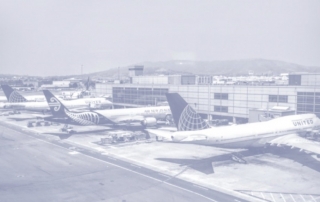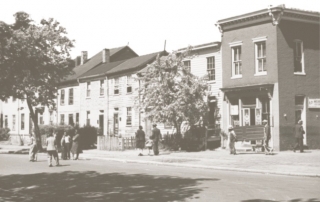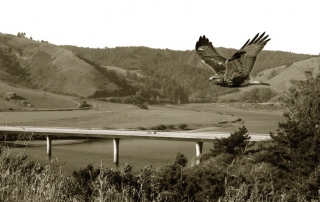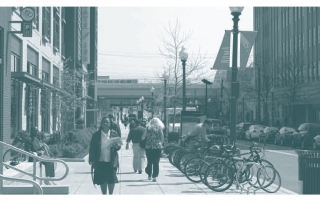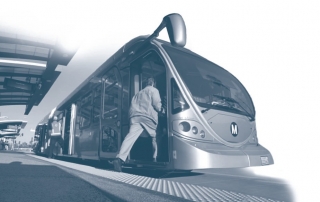Ridesourcing’s Impact and Role in Urban Transportation
Susan Shaheen, Nelson Chan, Lisa Rayle
App-based, on-demand ride services—also known as Transportation Network Companies (TNCs)—have grown rapidly in recent years and caused debate in the passenger transportation industry. Advances in information and communication technology have enabled these services to provide a wide variety of real-time and demand-responsive trips. Companies such as Lyft, Uber, and Sidecar (now defunct) have developed smartphone apps whereby passengers can “source” a ride from a private passenger vehicle driven by a non-commercially licensed driver (usually). These apps communicate the passenger’s location to the driver via GPS and charge a distance-based fare. The driver is paid approximately 80 percent of the fare; the company keeps the rest. Many of these apps maintain a rating system that allows drivers and passengers to rate each other after the trip is completed. A passenger’s credit card information can be saved within the system to facilitate future trips.

